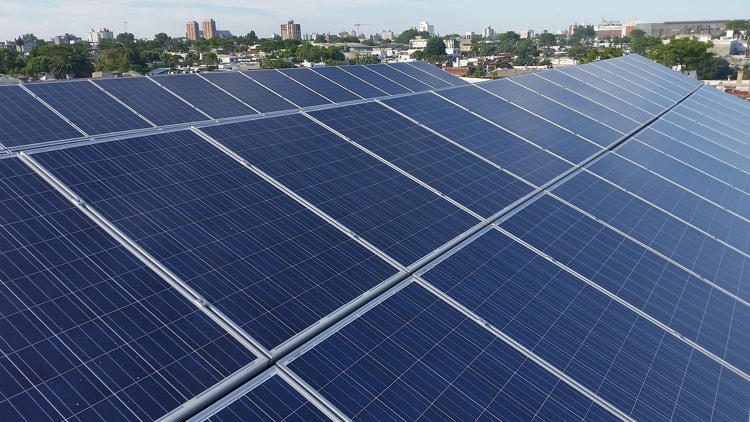French City Installs 187 Solar Panels to Save on Energy Costs, Forgets to Connect Them

Officials in the French city of Roubaix recently revealed that the 187 photovoltaic panels that were supposed to generate green electricity for the local library had been installed six months ago, but not connected to the building’s electrical grid… In June of 2019, thew city of Roubaix announced with great fanfare that it had acquired […]
Solar-Powered Bikini Charges Your Gadgets While You Tan

American designer Andrew Schneider has used conductive thread to sew photo-voltaic panels together in a Solar Bikini that allows you to charge your favorite gadgets while getting a nice tan. 30-year-old Schneider says ‘I use 40 individual paper-thin flexible, photo-voltaic panels for each bikini. I sew them together over a normal bikini using soft-conductive thread,’ […]
Sol Cinema – The World’s Smallest Solar Powered Theater

Nowadays eco-friendly is definitely the way to go, and green is a hip color, so the Sol Cinema follows the latest trends. It was created by artist Peter O’Connor with the help of some of his colleagues from the British art collective Undercurrents, in a travel trailer from the 1960’s. The Sol Cinema is fully […]
Amateur Inventor Showcases DIY Solar-Powered Cars

Chen Shungui, a Chinese amateur inventor, has spent eight years of his life working on two homemade solar-powered cars . Chen Shungui, from Jingjiang, China’s Jiangsu province, started working on his solar panel cars in 2002, hoping to create a vehicle with no CO2 footprint. The first vehicle was completed in 2008, and despite its […]
